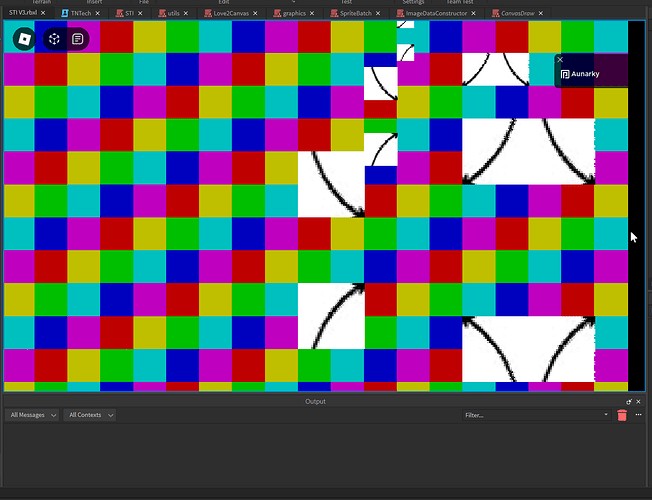My code is heavily based off of this video https://www.youtube.com/watch?v=Qz0KTGYJtUk
(Parts are converted into meshes)
I’m using a i7-8850H (up to 4.3ghz, 6 cores 12 threads)
It runs on several threads at once using actors, and I plan to figure out a way to autodetect the optimal number of threads to use depending on the users hardware

Code uses strict mode and the native code gen beta

All Vector3s have been replaced with 3 number variables, as its MUCH faster when using native code gen at the moment
The resolution was 620x414, and the final render was supposed to have 480 samples per pixel (1 sample per pixel for each frame, 480 frames), but that screenshot was with only 78 samples, and estimated 9 minutes left (though I was running a cpu consuming task in the background so likely inaccurate)
Here’s me rendering a scene similar to yours, at 340x200 (1 sample * 60 frames * 8 threads = 480 samples per pixel)
Not sure why you’re getting less noise with less samples






